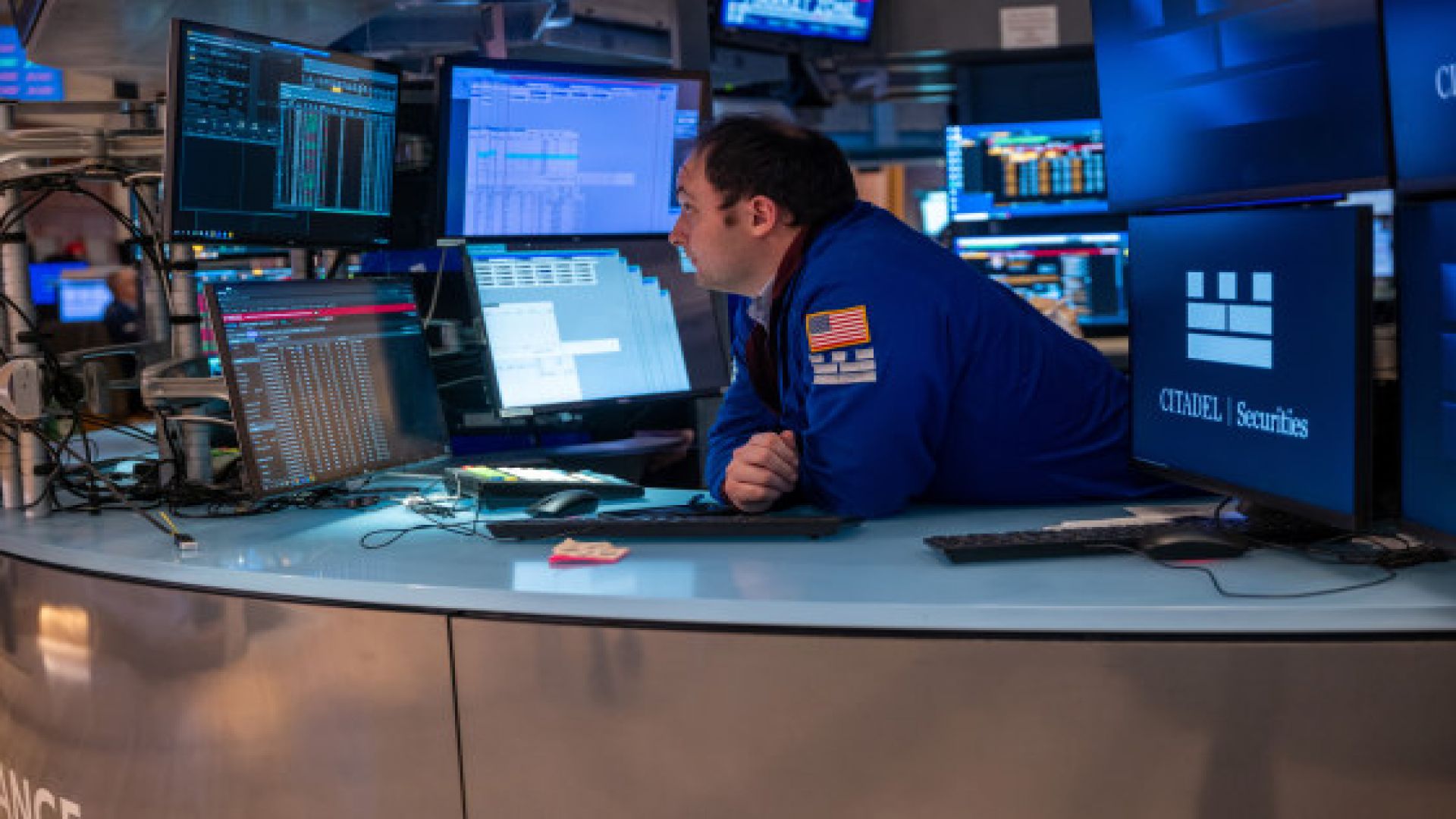Weekly Highlights

You Are Drinking the Wrong Eggnog
Eggnog, a Christmas staple for centuries, is controversial due to its taste, texture, and reliance on raw eggs, which pose health risks like salmonella. Florko critiques the labor-intensive process of making homemade eggnog, the gloopy texture, and the flavor, which often depends on excessive sugar or liquor to be palatable. Despite its historical significance and widespread consumption, eggnog fails to satisfy many. Florko discovered coquito, a Puerto Rican holiday drink, which replaces eggnog’s cream and eggs with coconut milk and condensed milk, creating a lighter and more flavorful beverage. Traditionally made during Christmas and shared among friends and family, coquito delivers a luxurious texture without eggs and achieves a harmonious blend of coconut and rum. Unlike eggnog, its preparation is quick and simple, requiring only a blender and a few ingredients like sweetened condensed milk and spices. The article highlights coquito’s advantages over eggnog. Coconut milk provides a natural tropical flavor that compliments rum, resulting in a balanced and festive cocktail. Its creamy texture is achieved without the risk or messiness of raw eggs. Recipes for coquito are also more forgiving, as Florko humorously recounts mishaps during preparation that did not compromise the outcome. Though seemingly unconventional for winter holidays, its versatility and warming cinnamon notes make it a fitting alternative. Florko urges readers to embrace change, likening coquito to other modern updates in Christmas traditions, such as turkey replacing goose or electric lights replacing candles. As Christmas evolves, Florko argues, so should its signature drinksReviewer: Chidera Ejikeme
February 21, 2025
Global News
What Elon Musk’s Salute Was All About
At President Trump’s inauguration event, Elon Musk made a gesture that sparked intense debate. Musk placed his hand on his chest before raising his arm diagonally upward, resembling what some identified as a Nazi salute. The gesture, performed twice, drew mixed reactions, with interpretations ranging from clumsy enthusiasm to a deliberate “Roman salute.” While the Anti-Defamation League dismissed it as an awkward movement, critics, especially in Germany, saw it as problematic due to the gesture’s historical ties. The straight-arm salute, commonly linked to Nazi Germany and Italian fascism, has a complex history. Though often referred to as a "Roman salute," there is no evidence it was used in ancient Rome. Instead, it gained popularity in 19th-century theater and early 20th-century films. It was later adopted by Italian nationalist Gabriele D’Annunzio, and then by Benito Mussolini and Adolf Hitler, becoming an infamous symbol of fascist regimes. Interestingly, a similar salute existed in the U.S. until 1942. Known as the Bellamy salute, it accompanied the Pledge of Allegiance and involved extending the arm outward after placing the hand on the chest. However, it was discontinued during World War II to avoid associations with Nazi symbolism. Musk’s gesture has drawn scrutiny, especially given his ties to far-right politicians. In Germany, such gestures are illegal due to the Nazi era's lasting scars. Critics warn that public figures must be cautious, as ambiguous gestures can be interpreted as empowering extremist ideologies. While Musk dismissed the criticism, calling it exaggerated, the incident underscores the challenges of interpreting symbols in a highly charged political climate. Globally, the controversy highlights ongoing sensitivities around historical symbols, especially as far-right movements resurface in many countries, fueling debates about accountability and the impact of public gestures.
Reviewer: MURIEL DOL
February 17, 2025
News from: The New York Times
Politics
After Fed Cuts Rates, Biden Claims Credit for Economy’s Strength
On Thursday, President Biden praised the Federal Reserve’s recent decision to cut interest rates, presenting it as a sign of the nation's economic recovery and indicating that the inflation surge has largely subsided. This marked an effort by Biden to recast his economic leadership in a more favorable light after years of criticism from voters over inflation. Balancing pride in his economic record with an acknowledgment of voter frustration has challenged Biden throughout his presidency. Vice President Kamala Harris, now the Democratic nominee for president, must also walk this line as she campaigns. Her response to the rate cut was more restrained than Biden’s, welcoming the news but stressing that more work was needed to lower prices. In a speech at the Economic Club of Washington, Biden framed the Fed’s rate cut as a sign of progress but stopped short of declaring victory. He emphasized that while there has been progress on inflation, including falling gas and grocery prices, there remains work to be done on the cost of essentials like housing and child care. Echoing Federal Reserve Chair Jerome Powell, Biden said, "The Fed lowering interest rates isn’t a declaration of victory, but it’s a declaration of progress." Biden took the opportunity to highlight the positive economic indicators, including job creation, economic growth, and a rise in real incomes, urging Americans to recognize the gains. He attributed much of the economic recovery to the $1.9 trillion stimulus package passed during his administration, which he argued helped fuel rapid growth. However, critics point out that this also contributed to the inflation surge. Biden underscored the administration's efforts to resolve supply chain disruptions, release oil from the strategic reserve, and push forward key infrastructure and manufacturing legislation. He also noted that many experts doubted the Fed's ability to rein in inflation without causing a recession, a scenario he proudly said he never accepted. In essence, Biden's speech was a bold attempt to reshape the narrative around his economic leadership, claiming progress while recognizing the challenges ahead.
Reviewer: TIJESUNIMI BORODE
October 22, 2024
News from: The New York Times
Economics
Barry's Bootcamp announces new investment as others exit boutique fitness category”
Barry’s Bootcamp announced new investment from Princeton Equity Group on Monday as the boutique fitness industry faces challenges. Co-CEO Joey Gonzalez emphasized that Barry’s premium brand positioning helps it stand out in a competitive market. The investment will enhance client experience and expand the brand’s footprint. Barry’s, known for its high-intensity training classes in red-lit studios, operates 89 locations worldwide, with over 7 million visits in 2024. The company plans to open new studios in 12 U.S. cities, including Charleston, Hoboken, and Salt Lake City, as well as Madrid, Athens, and Dublin. The investment also allows Barry’s to take direct control of operations in the UK and Canada to improve efficiency and community engagement. Princeton Equity Group, a private equity firm with $1.2 billion in assets, has backed other wellness brands, including Massage Envy and D1 Training. The size of its investment in Barry’s was not disclosed. Despite a projected growth in the boutique fitness market from $48 billion in 2023 to $86 billion by 2030, some brands, such as Stride Fitness and Row House, have struggled. However, Gonzalez remains confident in Barry’s success, highlighting its commitment to high-quality fitness experiences and brand consistency.
Reviewer: MURIEL DOL
February 17, 2025
News from: NBC News
SCI & TECH
You Are Drinking the Wrong Eggnog
Eggnog, a Christmas staple for centuries, is controversial due to its taste, texture, and reliance on raw eggs, which pose health risks like salmonella. Florko critiques the labor-intensive process of making homemade eggnog, the gloopy texture, and the flavor, which often depends on excessive sugar or liquor to be palatable. Despite its historical significance and widespread consumption, eggnog fails to satisfy many. Florko discovered coquito, a Puerto Rican holiday drink, which replaces eggnog’s cream and eggs with coconut milk and condensed milk, creating a lighter and more flavorful beverage. Traditionally made during Christmas and shared among friends and family, coquito delivers a luxurious texture without eggs and achieves a harmonious blend of coconut and rum. Unlike eggnog, its preparation is quick and simple, requiring only a blender and a few ingredients like sweetened condensed milk and spices. The article highlights coquito’s advantages over eggnog. Coconut milk provides a natural tropical flavor that compliments rum, resulting in a balanced and festive cocktail. Its creamy texture is achieved without the risk or messiness of raw eggs. Recipes for coquito are also more forgiving, as Florko humorously recounts mishaps during preparation that did not compromise the outcome. Though seemingly unconventional for winter holidays, its versatility and warming cinnamon notes make it a fitting alternative. Florko urges readers to embrace change, likening coquito to other modern updates in Christmas traditions, such as turkey replacing goose or electric lights replacing candles. As Christmas evolves, Florko argues, so should its signature drinks
Reviewer: Chidera Ejikeme
February 21, 2025
News from: The Atlantic









